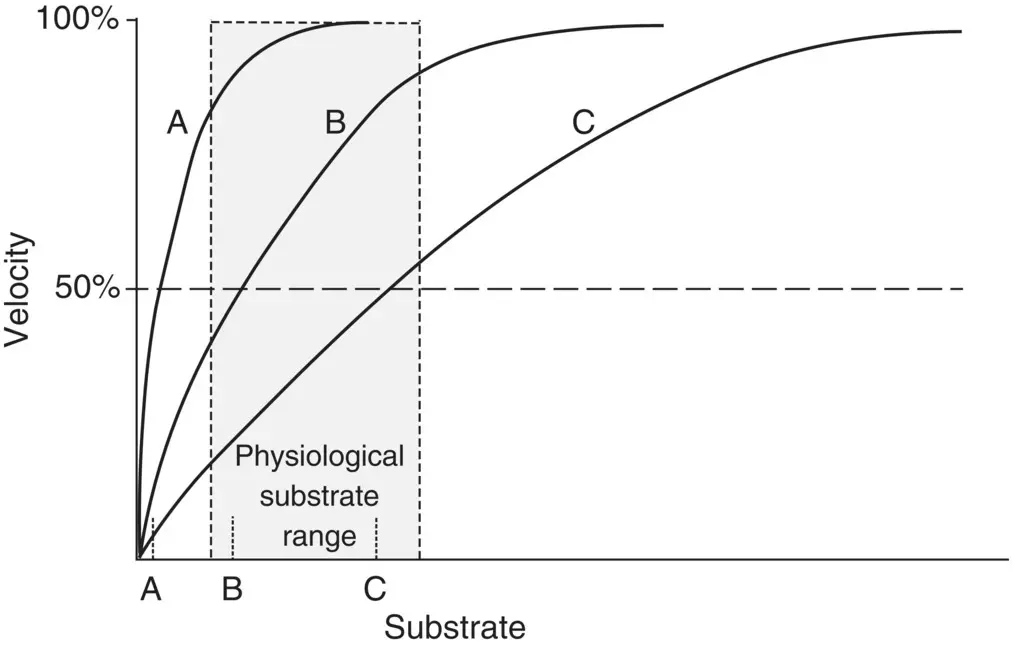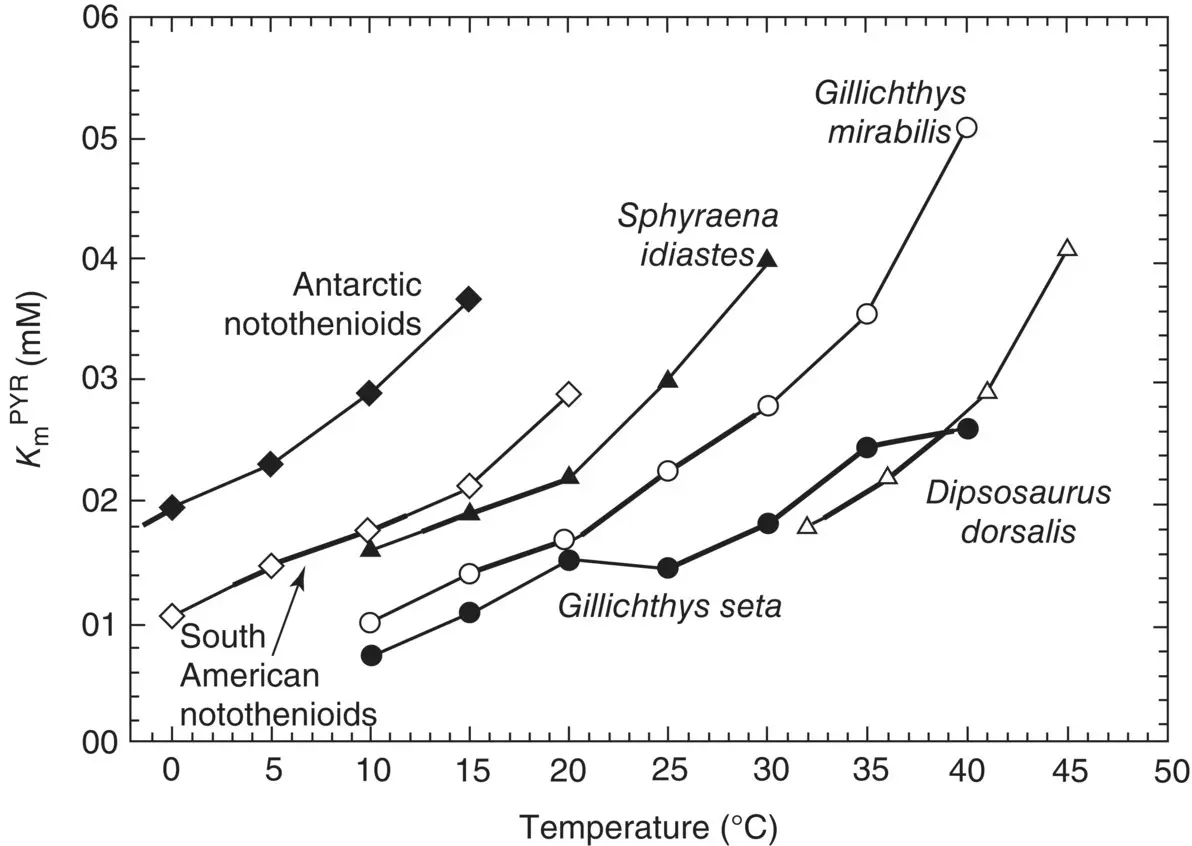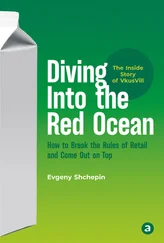Joseph J. Torres - Life in the Open Ocean
Здесь есть возможность читать онлайн «Joseph J. Torres - Life in the Open Ocean» — ознакомительный отрывок электронной книги совершенно бесплатно, а после прочтения отрывка купить полную версию. В некоторых случаях можно слушать аудио, скачать через торрент в формате fb2 и присутствует краткое содержание. Жанр: unrecognised, на английском языке. Описание произведения, (предисловие) а так же отзывы посетителей доступны на портале библиотеки ЛибКат.
- Название:Life in the Open Ocean
- Автор:
- Жанр:
- Год:неизвестен
- ISBN:нет данных
- Рейтинг книги:5 / 5. Голосов: 1
-
Избранное:Добавить в избранное
- Отзывы:
-
Ваша оценка:
- 100
- 1
- 2
- 3
- 4
- 5
Life in the Open Ocean: краткое содержание, описание и аннотация
Предлагаем к чтению аннотацию, описание, краткое содержание или предисловие (зависит от того, что написал сам автор книги «Life in the Open Ocean»). Если вы не нашли необходимую информацию о книге — напишите в комментариях, мы постараемся отыскать её.
Life in the Open Ocean: The Biology of Pelagic Species
Life in the Open Ocean: The Biology of Pelagic Species
Life in the Open Ocean — читать онлайн ознакомительный отрывок
Ниже представлен текст книги, разбитый по страницам. Система сохранения места последней прочитанной страницы, позволяет с удобством читать онлайн бесплатно книгу «Life in the Open Ocean», без необходимости каждый раз заново искать на чём Вы остановились. Поставьте закладку, и сможете в любой момент перейти на страницу, на которой закончили чтение.
Интервал:
Закладка:

Figure 2.10 The effect of temperature on apparent Michaelis constant ( K m) of pyruvate for the M 4‐LDH's of three eastern Pacific barracudas. The K mvalues for the southern temperate barracuda, S. idiastes (not shown), are statistically indistinguishable from those of the northern temperate species S. argentea . Error bars represent standard deviations. Each point represents an average of K mvalues determined with at least three different purified LDH preparations from different individuals of each species. Solid portions of the lines connecting the K mvalues indicate habitat temperature ranges of the species.
Source: Graves and Somero (1982), figure 3 (p. 103). Reproduced with the permission of John Wiley & Sons, Inc.
Table 2.1 K mand K catvalues of pyruvate for three congeneric species of barracudas (genus Sphyraena ) from different habitat temperatures at 25 °C and the temperature mid‐range (TM) for each species. S. argentea is a cold‐temperate species, S. lucasana is a warm‐temperate species, and S. ensis is a tropical‐subtropical species.
Source: Graves and Somero (1982), table 5 (p. 104). Reproduced with the permission of John Wiley & Sons, Inc.
| S. argentea | S. lucasana | S. ensis | |
|---|---|---|---|
| K mof pyruvate at 25 °C | 0.34 ± 0.03 mM | 0.26 ± 0.02 mM | 0.20 ± 0.02 mM |
| K catat 25 °C | 893 ± 54 s −1 | 730 ± 37 s −1 | 658 ± 19 s −1 |
| Temp. midrange (TM) | 18 °C | 23 °C | 26 °C |
| K mof pyruvate at TM | 0.24 mM | 0.24 mM | 0.23 mM |
| K catat TM | 667 s −1 | 682 s −1 | 700 s −1 |
What Properties of Enzymes Can Be Changed?
The three curves in Figure 2.11show Michaelis–Menten saturation kinetics, exhibiting three very different relationships between reaction velocity and substrate concentration. They illustrate the balance between the need for efficient catalysis and the need for the cell to be able to regulate its metabolism.
Curve A has a low K mvalue; it will always be at or near V max. Any need for an increase in activity to support increased metabolic demand cannot be met; the enzyme is already at maximum. A low K mis a fine strategy for an enzyme that does not need to be regulated, such as a digestive enzyme, which is best always functioning at maximum velocity. However, for an enzyme involved in metabolism, which varies from a resting to a highly active state, such a curve would be disastrous. Increases in substrate concentration would not affect its activity, and it would be unable to be regulated. Conversely, a high K msuch as that in curve C will have a considerable amount of “reserve capacity” to allow for regulation but will never achieve high velocity and could become a “choke point” for accumulation of metabolites. An enzyme having an intermediate K m, curve B, not only has a substantial fraction of its V maxat cellular concentrations of substrate but also has considerable ability to respond to increases in substrate concentration before it reaches V max. Conclusion: for optimal performance, the enzyme properties and the substrate concentrations available to the enzyme must be complementary.
How variable are physiological substrate concentrations? The answer is, not very: physiological substrate concentrations are highly conserved. Figure 2.12shows the K mof pyruvate in LDH from vertebrate species of a wide variety of taxa and habitat temperatures. All K ms fall between 0.15 and 0.35 mM. Thus, a change in K mdoes not appear to be an option in the possibilities available for modification to accommodate temperature change.

Figure 2.11 Michaelis–Menten saturation kinetics: three types of relationships between reaction velocity and substrate concentration. In (A) the K mvalue is low and always at or near V maxso that the need for an increase in activity to support increased metabolic demand cannot be met. In (B), the K mvalue is intermediate and a substantial fraction of its V maxis at cellular concentrations of substrate giving it considerable ability to respond to increases in substrate concentration before it reaches V max. In (C), the K mis high with a considerable amount of “reserve capacity” to allow for regulation but without the ability to ever achieve high velocity and thus the potential to become a “choke point” for accumulation of metabolites.
What other properties of an enzyme can be modified if K mis not an option? Consider K cat, the rate at which substrate is converted to product per unit time per active site. If we look at a plot of K catvs. body temperature in a large suite of differently thermally adapted vertebrate species ( Figure 2.13), it is clear that K catdeclines considerably with increasing species’ habitat temperature. Large differences exist between the K catof highly cold‐adapted species and warm‐adapted ectotherms and endotherms. So, unlike K m, which is highly conserved, we do see large changes with adaptation temperature in K cat,enzyme efficiency.
Let us now consider how enzymes function. The three‐dimensional conformation of an enzyme and its overall primary structure are somewhat variable between species. However, the structure of the binding sites within the active site, or catalytic vacuole, is highly conserved (Hochachka and Somero 2002). Further, the actual covalent chemistry that takes place during the enzymatic reaction is fast and likely not the limiting step in the turnover of enzyme. The limiting step is more likely related to conformational changes. How do we reconcile the facts that binding sites in the A 4– LDHs are invariant from species to species, yet we observe a high degree of variability in K cats? The answer is in changes of structure outside the catalytic vacuole that confer more conformational flexibility at lower temperature. It is believed that enzymes exist in the cell in a hierarchy or ensemble of conformational states, basically varying between binding‐competent and binding‐incompetent (fluctuating) modes. The higher the temperature, the more structurally stable an enzyme has to be to allow the substrate to bind. The tradeoff between efficiency and stability is what results in the trends in K catvs. temperature shown in Figure 2.13.

Figure 2.12 Effects of assay temperature on the apparent Michaelis constant of pyruvate ( K m PYR) for A 4‐LDH orthologs for differently thermally adapted vertebrates: Antarctic and South American notothenioid fishes, a barracuda fish ( Sphyraena ideastes ), to goby fishes ( Gillichthys mirabilis and G. seta ), and the desert iguana ( Dipsosaurus dorsalis ). Thick line segments indicate approximate ranges of body temperatures of the species.
Читать дальшеИнтервал:
Закладка:
Похожие книги на «Life in the Open Ocean»
Представляем Вашему вниманию похожие книги на «Life in the Open Ocean» списком для выбора. Мы отобрали схожую по названию и смыслу литературу в надежде предоставить читателям больше вариантов отыскать новые, интересные, ещё непрочитанные произведения.
Обсуждение, отзывы о книге «Life in the Open Ocean» и просто собственные мнения читателей. Оставьте ваши комментарии, напишите, что Вы думаете о произведении, его смысле или главных героях. Укажите что конкретно понравилось, а что нет, и почему Вы так считаете.












